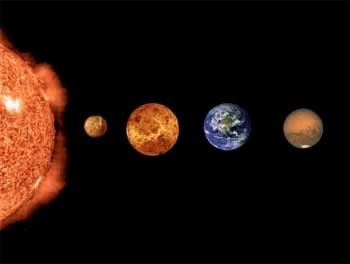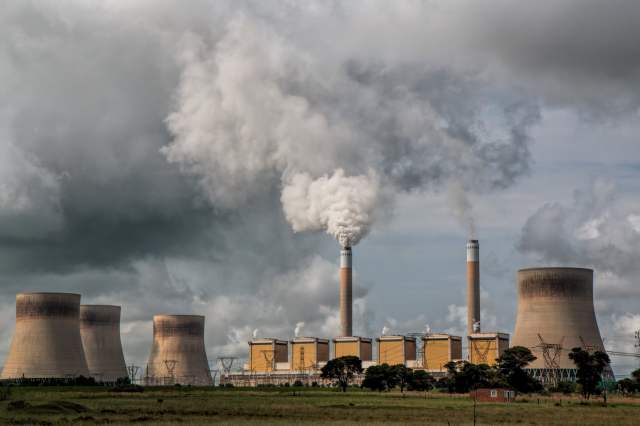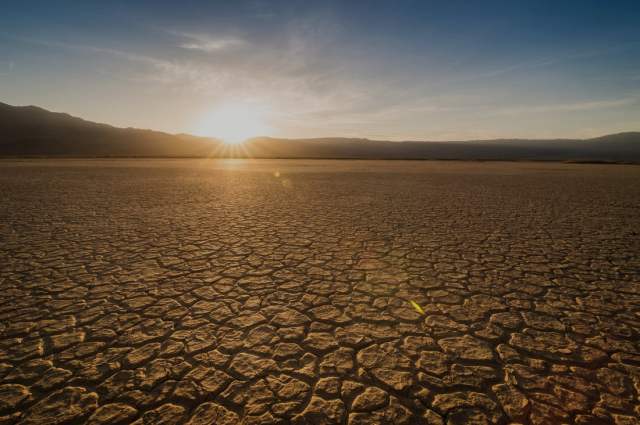They have large personal investments in their denial, but they don't have a counter argument.Please explain to us how you come to the conclusion that anthropogenic global warming is a hoax
Listening to their cheap personal attacks is going to have to be the satisfaction you get out of the exercise for now.
That's something worth the effort!




